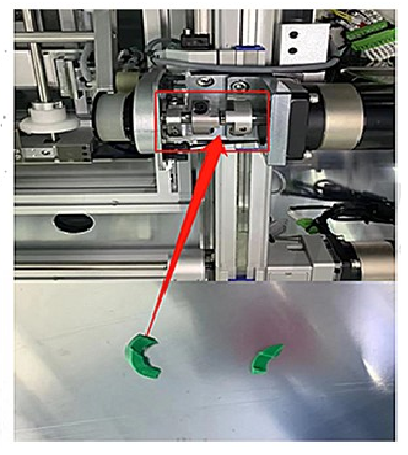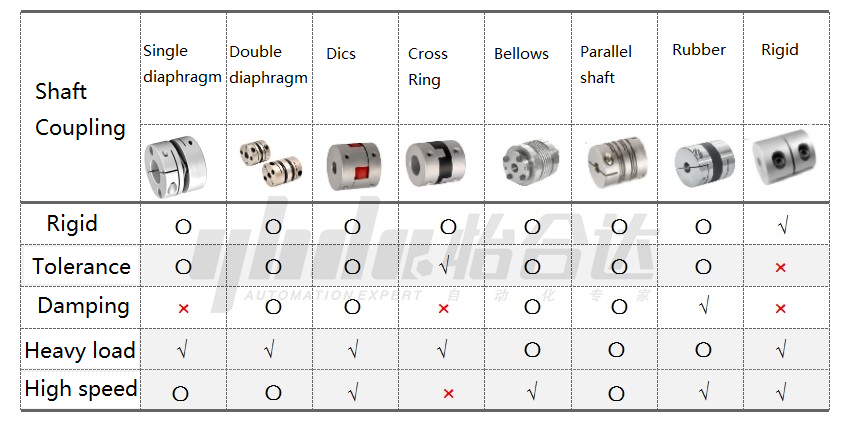Are you familiar with the critical factors that contribute to shaft coupling failure? Whether you're an engineer, a maintenance professional, or someone intrigued by machinery reliability, understanding the causes behind shaft coupling fractures is vital. In this insightful analysis, we delve into the three primary reasons for shaft coupling failure, shedding light on how improper selection, installation, and functional factors can lead to unexpected breakdowns. By unraveling these hidden pitfalls, we aim to empower you with the knowledge to optimize performance, extend the lifespan of your shaft couplings, and safeguard the smooth operation of your machinery.
Ⅰ. Inadequate Selection
Exploring the Hidden Dangers of Shaft Coupling Choices
One of the primary causes of shaft coupling failure is mismatched performance parameters. It's not uncommon for customers to prioritize spatial constraints over crucial torque requirements during the selection process. This oversight leads to the adoption of shaft couplings with inadequate performance, where the rated torque falls significantly below the equipment's torque demands. Consequently, the coupling becomes overwhelmed during equipment operation, resulting in excessive loads and fractures.

-Problem: The coupling is installed after the use process fracture phenomenon exists, resulting in the normal use of the coupling can not run.
-Preliminary analysis: caused by the working condition factor.
Way: Confirm the equipment situation and the accounting torque value.
-Parameters:
1、Motor rated power: P = 400w rated speed: n = 3000r / min
2、Reducer: Reduction ratio (1: 10).
3、Coupling rated torque: 2.8N.m.
Ⅱ. Unsuitable Shaft Coupling Types
Understanding the Importance of Compatibility
Different categories of shaft couplings possess distinct suitability factors, including speed, misalignment tolerance, rigidity, and temperature ranges. Choosing an inappropriate shaft coupling type can have detrimental effects. For instance, selecting a rigid coupling can lead to fractures when faced with alignment discrepancies. Rigid couplings cannot compensate for misalignment, putting excessive stress on the coupling and eventually causing failure. Opting for the right coupling type can greatly enhance system performance and significantly extend the lifespan of both the coupling and other moving components.

Ⅲ. Improper Installation
Overcoming the Challenges of Shaft Coupling Assembly
One common installation issue is the problem of insufficient shaft insertion. When the distance between the shaft and the coupling is too short or too long, it results in inadequate contact or interference, leading to accelerated wear and potential fracture of the coupling. Achieving the optimal shaft insertion distance (referred to as L1) is critical for maintaining the integrity and functionality of the coupling.
Additionally, equipment calibration problems can contribute to coupling failure. Neglecting concentricity verification and failing to control the alignment of base shafts can lead to deviations that exceed the coupling's adjustment range. As a result, the coupling operates under constrained conditions beyond its design limits, leading to fatigue and eventual failure.

Ⅳ. Functional Factors
Recognizing the Protective Role of Shaft Couplings
Similar to a fuse in an electrical system, shaft couplings play a crucial protective role. In system overload situations, the instantaneous torque can surpass the coupling's rated capacity. To safeguard the driving mechanism and materials, the coupling sacrificially fractures, effectively disconnecting the rotating components. This fuse-like protection mechanism ensures the integrity of the power source and prevents catastrophic damage.
Conclusion
In conclusion, preventing shaft coupling failure involves proactive decision-making, meticulous installation practices, and a comprehensive understanding of coupling behavior. By ensuring the appropriate selection of shaft couplings based on performance parameters, avoiding installation pitfalls, and appreciating the protective role of couplings, you can enhance system performance, increase equipment longevity, and minimize costly downtime. Armed with this knowledge, you can take the necessary steps to mitigate the risk of shaft coupling failure and unlock the full potential of your machinery. Remember, a well-maintained shaft coupling is the key to a reliable and efficient system.





